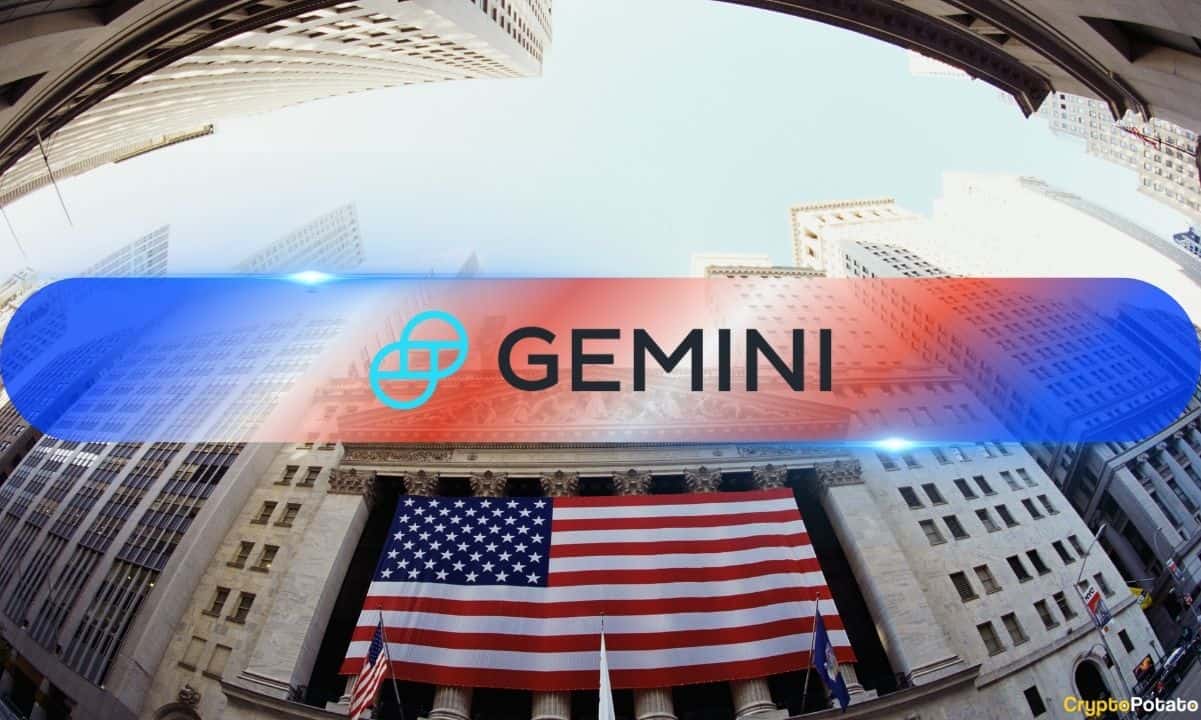ARTICLE AD BOX
The price of Bitcoin climbed higher Friday, rising over 3% to a daily high above $62,300 earlier after a blowout jobs report helped assuage fears of an imminent economic slowdown in the U.S.
The Bureau of Labor Statistics reported Friday that employers added 254,000 jobs in September, far surpassing economists’ expectations of 140,000 jobs gained. Meanwhile, employment data was revised up for July and August, painting a rosier picture of labor conditions that had supposedly weakened as the Federal Reserve began its easing campaign.
Friday’s data for September indicated that U.S. employers added the most jobs in a month since adding 310,000 in March. At the same time, the unemployment rate ticked down from 4.2% to 4.1%, coming in slightly below economists' expectations while matching June’s unemployment figure.
While Bitcoin's price has cooled slightly to just above $62,000 at present, the price trend remains positive over the last day as Bitcoin starts to climb back after a rough dip to start October.
Leena ElDeeb, a research analyst at 21Shares, told Decrypt in a statement that Friday’s jobs reading is supportive of “risk assets,” such as stocks and crypto. Keeping the Federal Reserve’s easing campaign on track, she pointed to lower borrowing costs as a boon for Bitcoin’s price.
“Bitcoin and the longer tail of crypto assets are sensitive to labor market data because it influences the Fed’s decision on rate cuts, which in turn have a positive impact on Bitcoin as borrowing costs fall,” she said. “Therefore, we expect flows to start recovering following the escalation of geopolitical tensions that shook the market over the past week.”
Indeed, Bitcoin is trading hands 6% lower on the week, with markets rattled after missiles were launched at Israel from Iran.
After the episode put the so-called Uptober—a period of historic strength for Bitcoin’s price—on pause, BlackRock’s spot Bitcoin ETF saw outflows for only the fourth time on record Thursday as Bitcoin briefly dipped below the $60,000 mark, according to Bloomberg ETF analyst James Seyffart. And collectively, Bitcoin ETFs have marked three straight days of outflows to start the month.
As inflation has trended towards the Fed’s 2% target, policymakers have increasingly focused on labor market conditions. The concern is that interest rates recently lowered from a two-decade high could prove too restrictive in hindsight, tipping the economy into a recession.
Fed Chairman Jerome Powell poured cold water on the prospect of a jumbo-sized rate cut earlier this week. He said the U.S. central bank’s “base case” is two more rate cuts of 25 basis points through year’s end, after the Fed cut its benchmark rate by 50 basis points last month.
Faced with a strong labor reading, expectations of a 50 basis point cut were virtually erased, according to the CME Group’s FedWatch Tool. Falling from a 32% chance the day before, traders penciled in a 5% chance that the Fed would call for such an outsized move.
Friday’s labor market gauge could lead to short-term inflation fears because it was so strong, Grayscale Investment’s Managing Director of Research Zach Pandl told Decrypt in a statement. But he said a backdrop of strong economic growth could support Bitcoin’s price, especially amid growing chatter about government spending following November’s presidential election.
“Conversation about Fed rate cuts and debate about larger government deficits continue alongside solid economic growth, which should be net-positive for investors’ risk appetite,” he said. “Grayscale Research expects Bitcoin to benefit in this risk-positive environment."
Edited by Andrew Hayward
Daily Debrief Newsletter
Start every day with the top news stories right now, plus original features, a podcast, videos and more.
 (1).png) 11 months ago
464195
11 months ago
464195










 English (US) ·
English (US) ·